Rong Rong Farms believe in innovation. They pride themselves in being open to technology and new ways of doing things.
Han Mingjun is the 28-year-old who founded the farm just two years ago, having grown up in a grower family. The farm has eight hectares of plastic, multi-span greenhouses where peppers and tomatoes are grown on substrate. It’s located in Yuxi, in the central part of Yunnan Province in Southwest China.
“We had some challenges in production which we’ve worked hard to address,” says Mingjun. “The greenhouses are surrounded by open fields leading to a high risk of thrips entering the houses,” he explains.
The maize crops in the surrounding fields are a fertile environment for thrips, so the company has had to have an exclusion strategy in place since to keep the pest and the virus it brings outside. Han Mingjun wanted to see what difference it would make if the company changed out its existing nets to Svensson’s Xsect Xtra mesh.
“We installed Xsect on the gables of greenhouse no. 4 and to investigate the exclusion effect we collected data, analyzed it, and compared it to greenhouse 6,” he explains. Greenhouse 6 didn’t get the net upgrade to Xsect, but had the previous insect net installed at each gable end of the greenhouses.
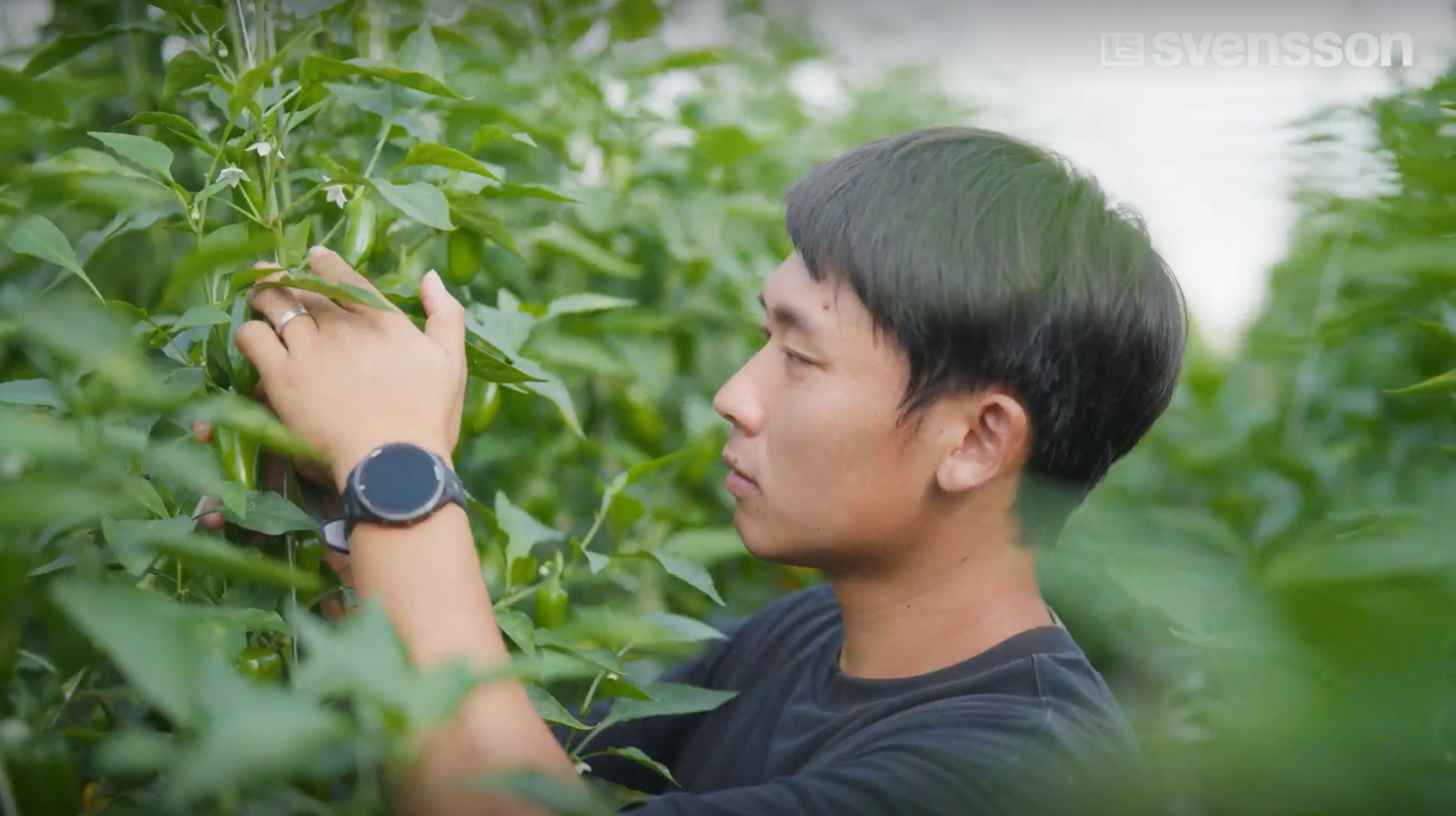
Owner grower, 28-year-old Han Mingjun inspects flowers during the trial
Two methods were used to test for thrips ingress. On each of 14 crop lines, three yellow insect stickers were hung, with two near the gables and one in the middle. The stickers were photographed weekly at the same time, and the thrips were counted.
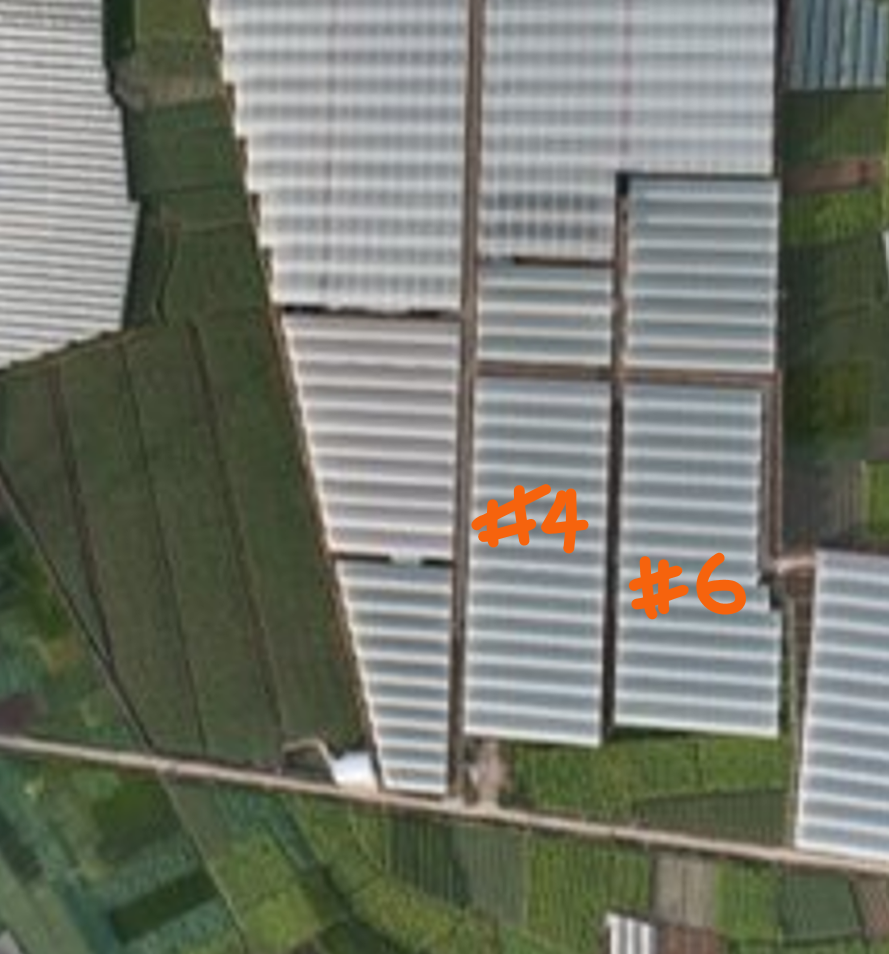
Xsect Xtra was installed on the gables of house #4. Greenhouse #6 was left with the existing insect mesh (not a Svensson net). Note maize fields at bottom of picture.
The other method was to examine 15 plants in each greenhouse and compare five flowers on each plant for the presence of thrips.
Mingjun explains the focus on thrips: “From previous growing experience, we knew thrips would be the key pest for the peppers,” he says. “They carry Tomato Spotted Wilt Virus and the plant diseases that result cost us yield and quality. If we can control them and lower the incidence, we know we’ll see a much better crop.”
The trials at Rong Rong will continue, but the dry season results are in.
Results show thrips numbers reduced by 70-80%
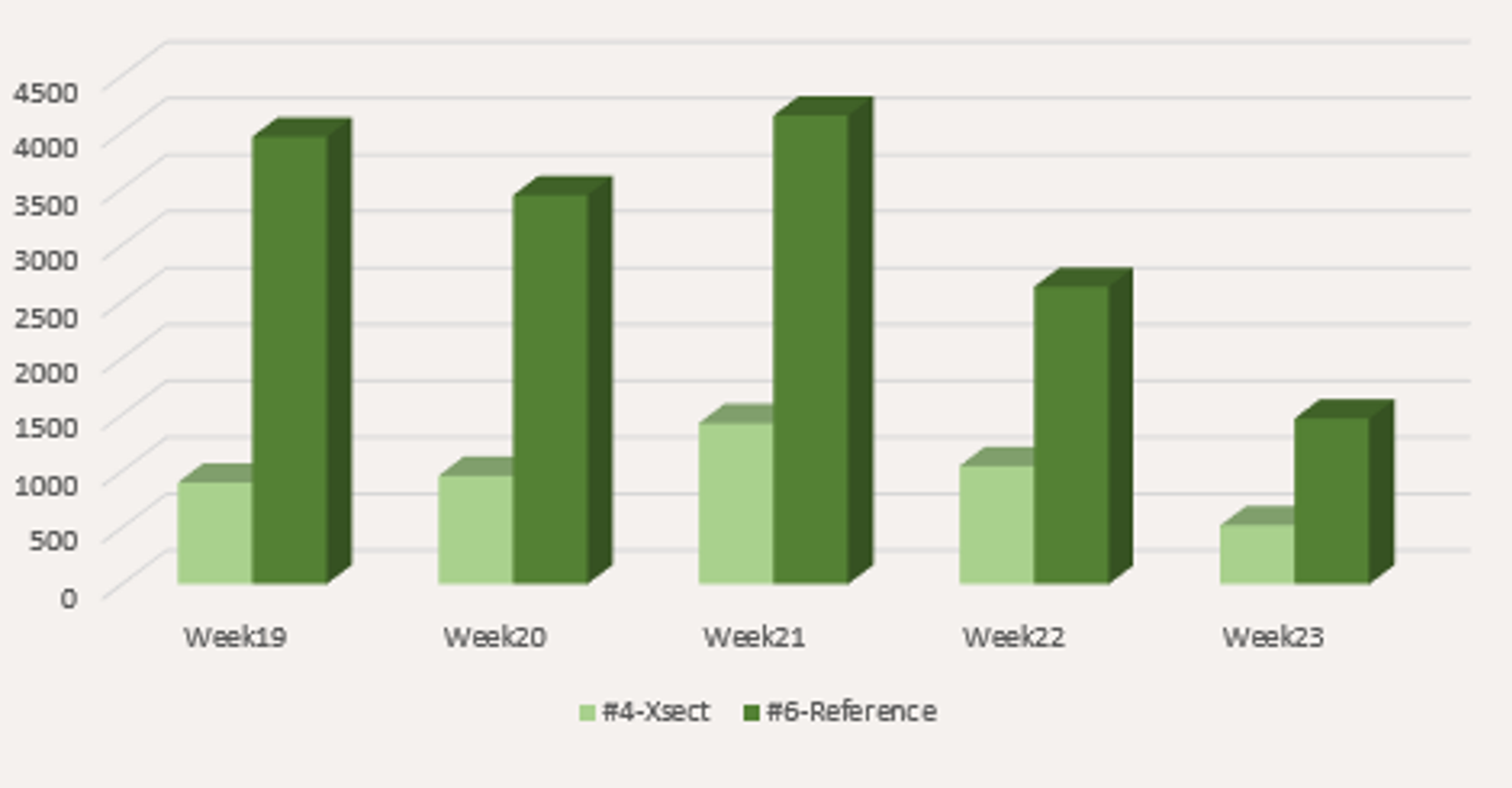
In light green, thrips numbers in the Xsect-protected greenhouses are just a fraction of the numbers in the greenhouse using the previous insect net.
By combining the trap and observation data, it was possible to create a schematic (figure 3.) of thrips numbers in each part of the greenhouses for each week of the dry season. It can be observed that to the south, closest to the open maize field, thrips pressure is highest and there is a high level of ingress in the non-Xsect greenhouse (number 6).
Ying Ying is the climate consultant for Svensson in the region who worked with Rong Rong on the trial and recently travelled to the farm.
“They’re such an impressive family – young and innovative,” says Ying. “They’re very forward thinking.”
Get a drone's-eye view of the two greenhouses in the trial, the adjoining maize fields, and the new screens on the gables of the house.

The schematic shows weeks of the dry season and the observed and trapped thrips incidence in greenhouse #4, where Xsect Xtra was installed, and in #6, where another insect net was in use.
She says that because of a mismatch in planting dates between the two greenhouses, one was planted a month later than the other, the trial won’t be able to compare yields at this point, though it is intended to keep up the data collection until February next year.
“Improving the thrips exclusion of the other greenhouses is something we want to do soon at the farm, and Xsect is definitely in our plans.” Han Mingjun, Rong Rong Farm
“The results are very dramatic,” says Ying. “Even when we see in the schematic some ingress of thrips in the Xsect house, we are able to understand the causes,” she says. “For example, there was some work going on to do with a door, and you can see some thrips enter the house in week 20 and 21,” she says.
Han Mingjun says he is pleased that temperature and humidity levels between the two houses were found by the Priva climate computer to be comparable.
“The number of thrips in greenhouse four was significantly lower compared to the other greenhouses,” he says. Given promising crop results, with good growth and less virus and disease, Han Mingun says he plans to include Xsect in the future improvement work at Rong Rong.
“Improving the thrips exclusion of the other greenhouses is something we want to do soon at the farm, and Xsect is definitely in our plans.”
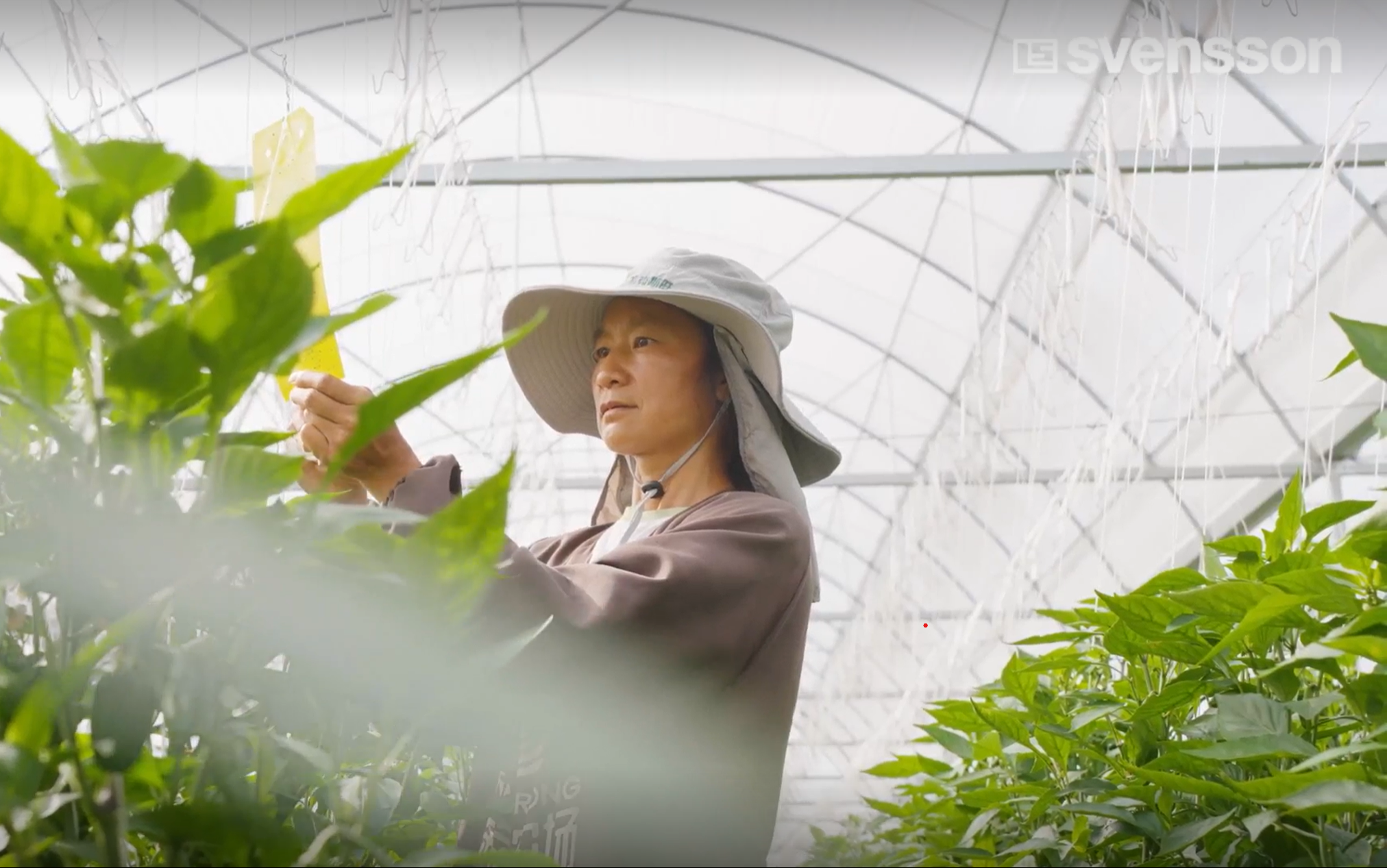
Thrips were carefully identified and counted in traps at the same time each week
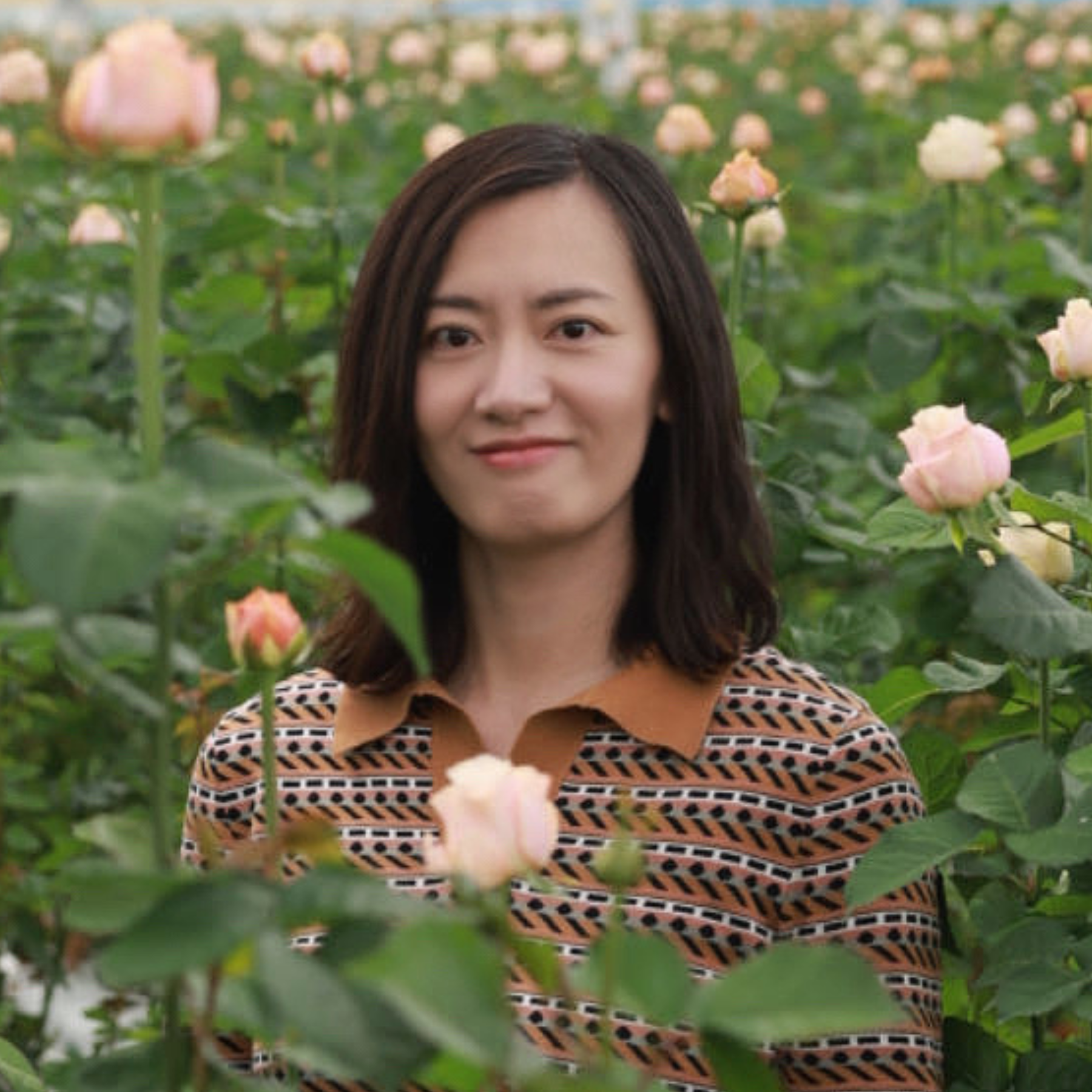
Svensson Climate Consultant, Ying Ying, devised the trial and supported Rong Rong Farm with analysis and recommendations.